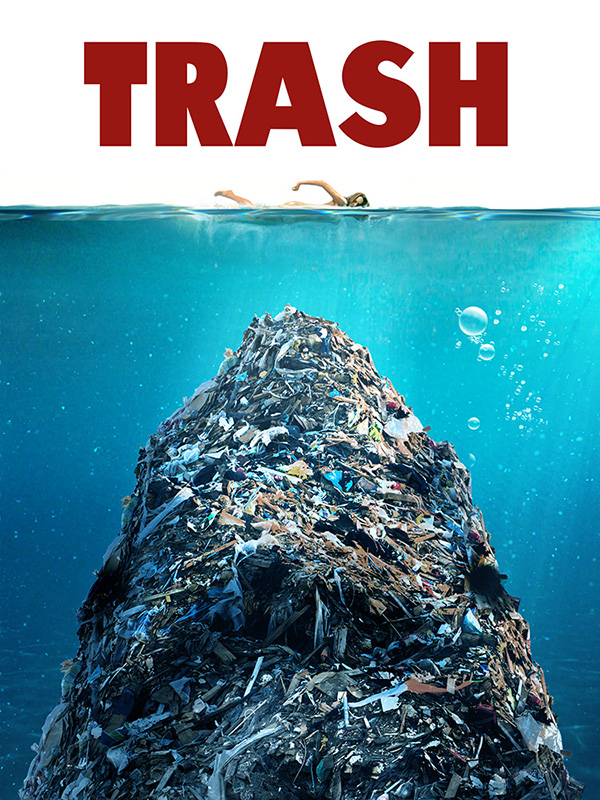Trashing the Oceans, Warming the Planet
The REAL cost of Climate Change
“The New Threat (Sea Pollution poster)” by Stamatis Kardaris is licensed under CC BY-NC 4.0
The next horror movie but this one is real life.
In the Pacific Ocean, off the coast of North and South America, floats a new man-made continent two and a half times the size of Texas. How was this continent made? Trash.
The entire island is trash. People have dumped so much plastic, nets, and much more in the ocean that the currents have swept up and swirled the waste into huge islands. The island in the Pacific ocean isn’t the only man-made island of trash.
By the year 2050, there will be more plastic in the ocean than fish. Fish eat the trash, then humans eat the fish, which essentially means people are eating their own trash. Every time you drive on the highway and look at the median between the two opposing lanes of traffic on the highway, there’s trash there. The animals in the area might eat that trash. Some people hunt those animals and eat them, and again essentially eat the trash.
But, there are some companies and people out there who are trying to stop climate change and do everything they can to clean up our earth. Companies like Adidas partnered up with the company Parley to make shoes out of plastic bottles from the ocean. They have sold more than twice the number of shoes this year made of plastic than last year.
The hugely popular company Hydro Flask, makes reusable water bottles to encourage people to move away from plastic water bottles.
“I think it definitely would (be worth buying metal straws) and I need to really buy one because I do, I drink coffee every single day every morning…so I think spending five bucks on a couple of metal straws isn’t going to kill me,” said Triton Senior Emily Howe. There are companies out there that make metal and paper straws for the environment.
The metal straws promote the reuse of products and the paper straws promote the use of decomposable products.
The company Gomi Design has come up with a way to use more than 100 non-recyclable plastic bags to make high-end Bluetooth speakers. And when the speakers get old or are messed up in the making process, they can be remade again.
With many companies like Adidas and Hydro Flask, it targets mostly the younger generation to use their products. Almost everyone kid in Triton owns at least one item from Adidas. And not to mention how many Hydro Flasks seen in just one classroom. Kanken backpacks are also largely popular on social media encouraging kids to buy stylish bags. Most of the time though, kids don’t realize that they are being environmentally friendly by buying popular products.
“Every ecosystem on earth is connected to every other ecosystem on earth and it forms a global system,” said science teacher Thomas Horsely. Horsely is right in the way that if we continue down the road we are headed, we could seriously mess up the whole world. But most people don’t really care about pollution because it does not affect their day to day life
“At this moment in student council we are attempting to install new water bubblers to promote reusing water bottles,” said senior Linda Freeman.
Many students, like Linda, have noticed how much plastic we use every single day and are working to fix this problem. Last year a group of students came up with a more environmentally friendly and cheaper option for the plastic boxes our breakfast sandwiches and everything else is put in. Triton is taking steps to be more eco-friendly, and it’s not just Triton. Schools all around the country are trying to make changes.
It’s not too late to fix it yet.

Hi my name is Bonnie Durante and I’m a senior at Triton high school. I’m a cheerleader and I’m very athletic. I work at Dominos and I love my job....


